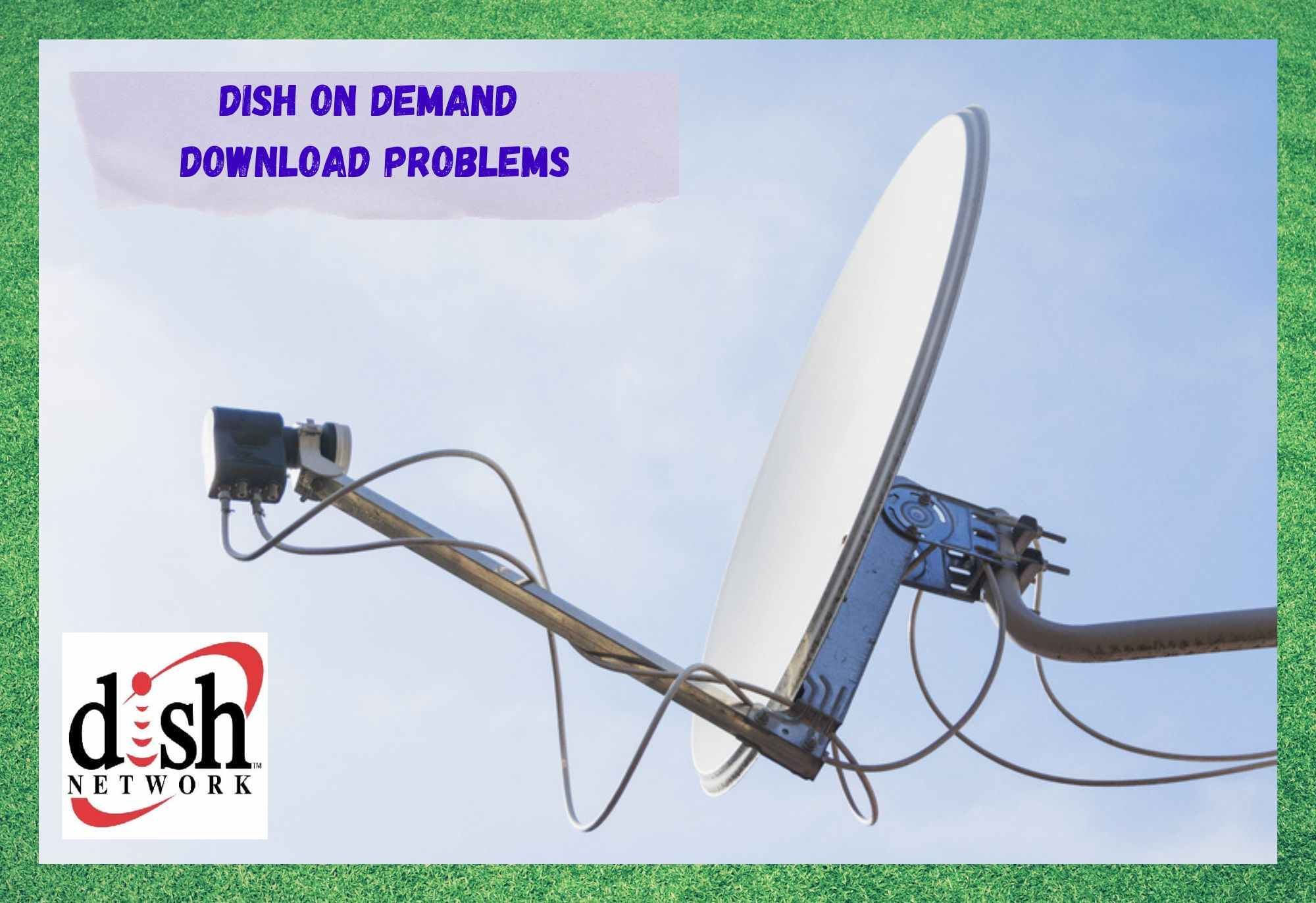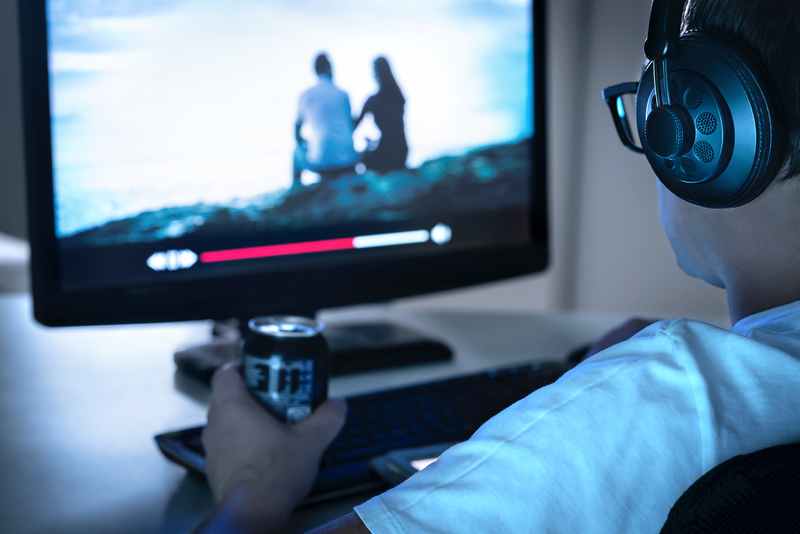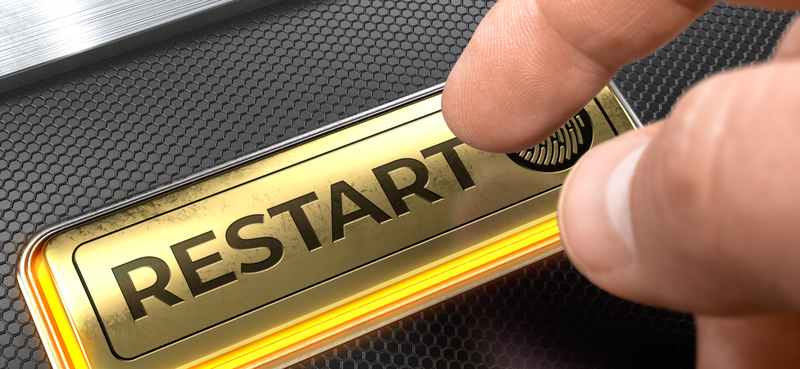
Having one of the largest content libraries in the market, DISH delivers subscribers a virtually infinite amount of Live TV shows and on-demand programs.
Its user-friendly interface allows subscribers to easily reach the content and enjoy it with a few clicks. Also, DISH’s streaming services are among the best in the business nowadays.
For sure, having a reliable internet connection is key to enjoying streaming sessions to the fullest.
Since that is quite easy to get with all the offers internet providers have, pretty much everyone has a connection that is fast and stable enough to run streaming services uninterruptedly. However, that is not what some DISH customers have been complaining about most recently.
According to the complaints, these users have been experiencing problems when attempting to stream on-demand content as it fails to download or does it too slowly.
Also, there have been mentions of content buffering for a long time and failing to load in the end. Besides the disappointment and frustration of, sometimes, not being able to enjoy their favorite shows, users have noticed the problem too frequently.
If you are one of these users, stay with us. We brought you today a list of easy solutions that will help you get rid of the problem.
Dish On Demand Download Problems
- Do You Still Have Data?
The majority of DISH subscribers that have been facing the buffering and downloading on-demand content problem were able to rule out their internet connections as the source of the problem.
However, some have noticed the problem to occur exactly when their data threshold was about to be reached or even past it. Being a streaming service, DISH counts on reliable internet connections to download and streamline the content into the device of your choice.
Moreover, not every DISH user has unlimited data caps, which leads them to run out of internet ‘juice’ every now and then. Especially for streaming services, which take a huge chunk of data to play the content, users should be extra careful with their data usage.
DISH offers fast and stable internet connections to subscribers and, due to the higher compatibility, most users end up opting for them as their internet provider. However, not all of them have a clear idea of how much data they would need to handle the amount of streaming they do every month.
In the end, they experience buffering and download problems simply because their calculations were not accurate. So, be careful when deciding on your internet plan, and make sure the data allowance is able to cover your streaming demands.
- Disable The Video Data Saver Feature
DISH has a feature that helps users keep track of their data usage and prevents them from running out of it before the month is over.
This feature is called the video data saver and it is normally automatically activated upon the subscription. Even though this feature has proven to be extremely useful, for some it has been more of a limitation.
That is because DISH, by default, sets the resolution of the streaming service to the HD one – and that ends up using more data. Since it is not so recommended for users to lower the resolution, due to the loss of quality they would face for most content, the other option is to save video data.
That is when the feature kicks in and helps subscribers keep navigating throughout the whole month.
On the other hand, it comes at a cost. As the video data is saved, when the limit is about to be reached, the connection speed drops severely. With that, the odds the on-demand content won’t download or will endlessly buffer are higher.
So, if you need to use the video data saver feature, make sure it is not affecting your streaming demands or, if it is, simply switch it off in the meantime. A more permanent solution is to get a bigger data threshold or even an unlimited plan, if possible.
- Give Your Device A Restart
Pretty much every electronic device that has an internet connection feature normally gathers the information they need to establish connections with servers, web pages, and even other devices.
These files are not heavy at all, but due to the large number of connections, they end up taking a bigger portion of the device’s memory. Besides, these files always end up becoming obsolete at some point and devices’ systems don’t have a feature that erases them when they become unnecessary.
That is why it is important to perform some maintenance on them every now and then. Even a simple restart will do, as that can already do a lot for the sake of the device’s health.
Apart from scanning the whole system for potential compatibility and configuration errors and addressing the ones that are found, the cache gets cleared.
That means, if the device is experiencing problems with configuration or compatibility, the restarting procedure should locate and tackle them. At the same time, the cache gets cleared of these temporary files that became obsolete or no longer necessary.
So, go ahead and give your device a restart every now and then. Smart TVs with all their internet-related features, app catalog, streaming services, and whatnot, should be restarted even more often.
No matter what device we are talking about, grab the power cord and unplug it from the power outlet. Then give it a minute or two before plugging it back in. Lastly, wait for it to perform the whole booting procedure and find a device working at its peak performance.
- Give Your Modem A Reboot
Just like we talked about in the last solution regarding the device that is connected to your router, a restart can do a lot for its health and proper functioning. The same happens to modems and routers.
Being a kind of network device, it deals with internet connections, which means a large number of temporary files get also stored in the device’s memory. When they take up too much space in the device’s memory, the other functions have little space to perform their tasks and the device ends up suffering.
Also, connections that were established for a long time may need a refresh. Actually, this is another form of maintenance that helps increase the overall quality of the connection.
So, go ahead and help your modem or router perform at better levels with a periodical restart. That way, all the connections will be re-established from scratch and will probably deliver higher levels of performance.
- Are You Sure It’s Not Hardware-Related?
After checking all the software aspects and finding nothing wrong with your DISH set-up, the next logical step should be to check the hardware. Through the My DISH app, users can easily check the condition and status of the service, signal strength, internet connection features, and more.
However, the picture the app displays may not be so accurate since a little shift in the position of the satellite dish can drastically affect the service.
If you are used to handling these kinds of devices, go ahead and check the position of the satellite dish, ensure it is transmitting the signal through the correct frequency, and that the cables and connectors are all in perfect condition.
If, on the other hand, you are not so experienced, make sure to get some professional help. Experienced technicians can do these kinds of checks in a second and recommend the best actions in case any is necessary.
- Contact Customer Support
If even after going through all the five solutions above your DISH service is still experiencing the download or buffering problem, make sure to contact their customer support department.
That way you can get help from the best professionals in the area. Whether through the telephone or via a technical visit, they will surely handle the problem for you the best they can. So, don’t be shy and give them a call right now.








I’ve tried everything, I’ve rented 4 movies now, and didn’t get anything! Going to unplug everything again, this is super irritating! Not to mention my account has been charged!